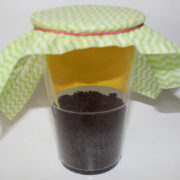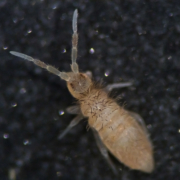New publication: A new ecotoxicological test method for genetically modified plants and other stressors in soil with the black fungus gnat Bradysia impatiens
Few suitable and standardised test methods are currently available to test the effects of genetically modified plants (GMP) on non-target organisms. To fill this gap and improve ecotoxicological testing for GMP, we developed a new soil ecotoxicological test method using sciarid larvae as test organisms. Bradysia impatiens was identified as a candidate species. A functional […]


 SETAC
SETAC D. Leib
D. Leib
